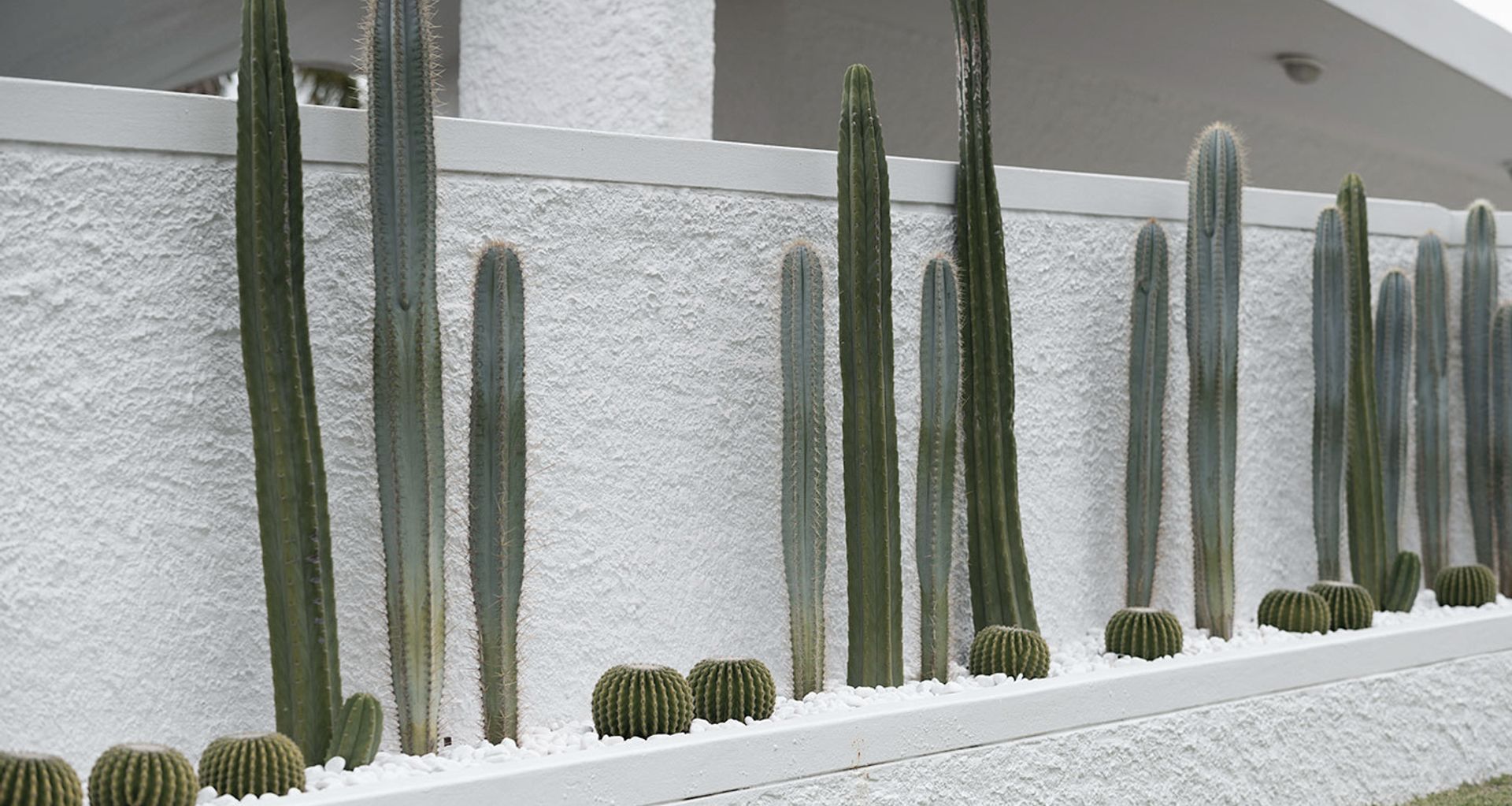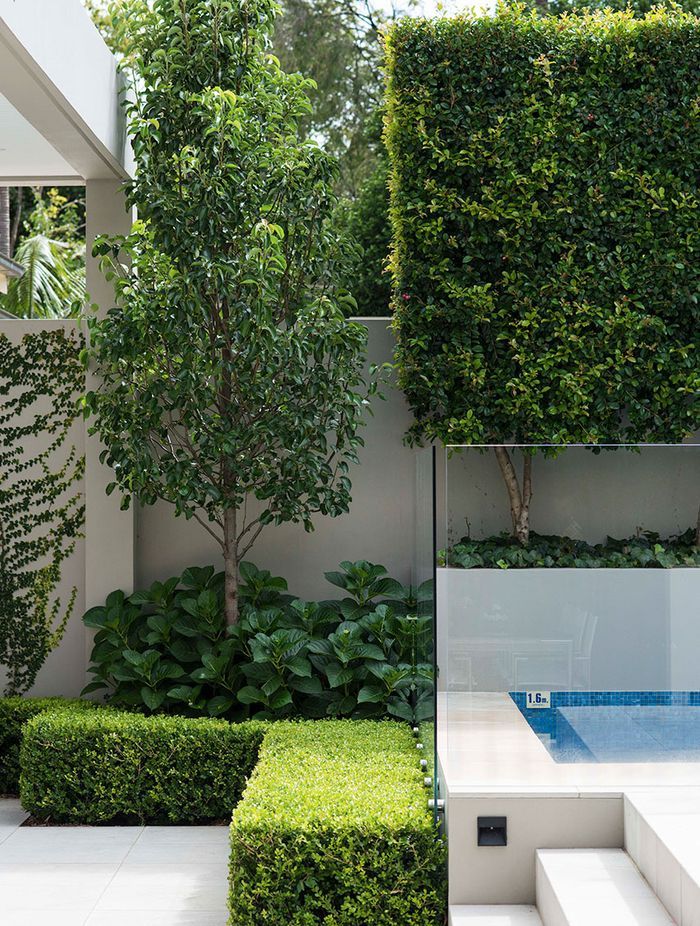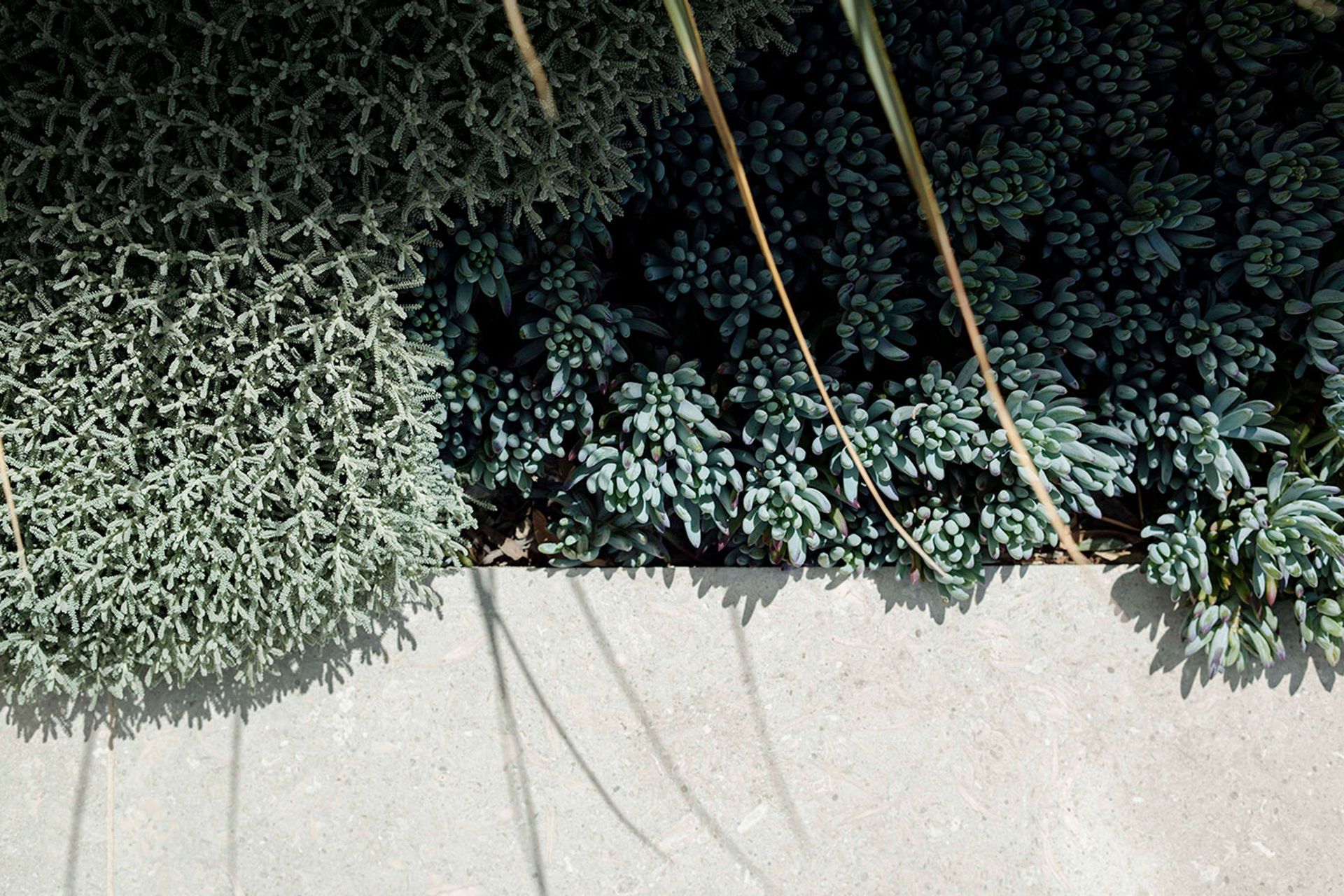Matching Your Garden to Your Home

EVERY GARDEN DESIGN NEEDS TO START SOMEWHERE AND THE FIRST THING WE USUALLY LOOK AT IS THE AGE AND STYLE OF THE HOME ITSELF. WHILE THE DESIGN SHOULD NOT BE A CARBON COPY OF, OR AN ODE TO A PARTICULAR ERA, BEING SENSITIVE TO THE UNIQUE ARCHITECTURAL LINES OF THE HOME AND USING THIS AS A STARTING POINT ENSURES A HARMONIOUS OVERALL LOOK.

PERIOD HOMES
A period – usually Federation – home often goes hand in hand with a more formal garden structure; think clipped box hedging and defined garden beds. It’s a style of garden inspired by the mother country, with a palette of roses, irises and other English country garden favourites. While some of the plants in this palette are perfectly at home in a modern setting – consider hydrangeas, which seem to sit quite happily in almost any style of garden – we would normally take a period-inspired design and planting palette and put a modern spin on it to give the garden a bit more punch. The benefit of this approach is it also allows for a less jarring transition between the formal front garden and the more relaxed and modern backyard, which is often coming off the home’s contemporary extension.
MODERN HOMES
A modern home can sit perfectly happily with a formal garden, but the difference between this and the sort of formal garden seen in a period home is usually a more restricted palette, with a limited variety of leaves and flowers. A contemporary garden is also more likely to substitute the roses and whimsical clouds of delicate flowers for bold, architectural shapes, particularly in succulents. This starker look and xeriscape-style palette of succulents and other dry-loving plants is a fantastic match for angular modern architecture – as well as being a practical response to the recent drought.
MID-CENTURY HOMES
While there’s always freedom to do whatever you like in your own garden, a mid-century modern home – more than any other – demands a certain style of landscape. It’s such an iconic architectural style, it deserves a sympathetic garden design, and most people who purchase a home of this era are excited to give the garden an appropriately nostalgic treatment. The key elements of this design will usually include a minimalist plant palette, dominated by striking succulents and cacti; plenty of negative space between the plants, with stone used as mulch; and often large statement plants, like tree aloe, instead of (or as well as) trees.



